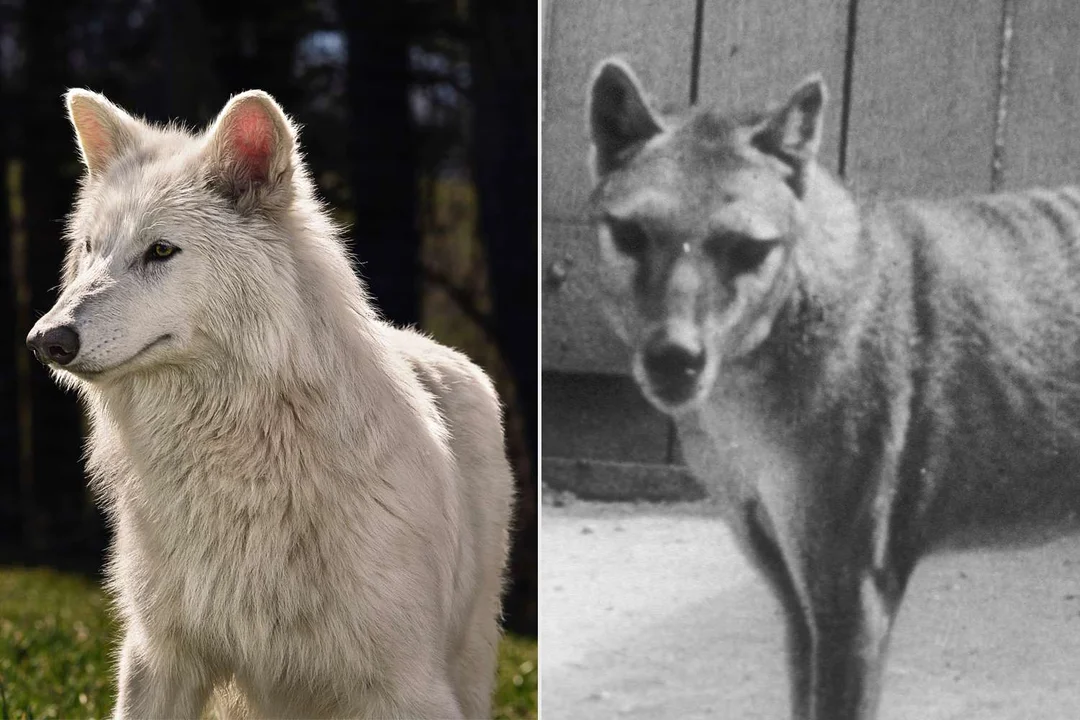
Scientists Eye Tasmanian Tiger For An Extinction Comeback
In a groundbreaking move, scientists have set their sights on reviving the Tasmanian Tiger, a unique marsupial last spotted in its natural habitat in 1936. This endeavor is significant not only for the potential restoration of an iconic species but also for the technological advancements it represents in genetic engineering.
Colossal Bioscience, a U.S. biotech firm, along with the University of Melbourne, has successfully sequenced the genome of the extinct Tasmanian Tiger, also known as Thylacine. Lead scientist Professor Andrew Pask shared, "We've been able to sequence the entire thylacine genome now, absolutely every single bit of code from one end to the other of the genome." This scientific leap could lead to the resurrection of the species in as little as eight years, as reported by 9 News.
Professor Pask highlighted the achievement, stating, "We've been able to make the first really key stem cells that we can do this whole genetic engineering process to recreate the thylacine." The excitement surrounding this discovery is evident, particularly among those who regard the thylacine as not just an animal, but a symbol of cultural identity. Derwent Valley Mayor Michelle Dracoulis remarked, "The thylacine is part of the identity of the people that live there," emphasizing the emotional connection local communities have with this extinct species.
The Tasmanian Tiger project is part of a broader initiative by Colossal Bioscience to de-extinct various species. Earlier this year, the company made headlines by successfully bringing the Dire Wolf back to life, showcasing their innovative use of genetic engineering. Colossal's CEO Ben Lamm explained, "Our team took DNA from a 13,000-year-old tooth and a 72,000-year-old skull and made healthy dire wolf puppies." This venture sparked discussions about the roles of such extinct species in their respective ecosystems.
With cultural and ecological implications, the revival of the Tasmanian Tiger raises questions about our responsibilities as stewards of the earth. As the project progresses, it evokes thoughts on the nature of extinction and the ethics surrounding de-extinction technologies. Will we be able to create not just a copy of the species but a viable population that can thrive in the wild? It remains to be seen.
As we watch this thrilling quest unfold, it’s an invitation for reflection: What does it mean for the future of conservation and biodiversity? We encourage you to share your thoughts on this fascinating journey towards potentially witnessing a long-lost species roam the earth again.